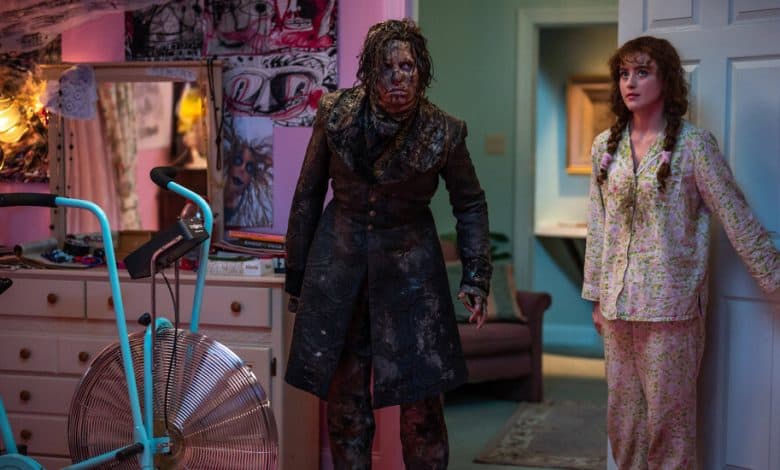In Defense of PG-13 Horror

It’s nothing new to say that the scariest beasts are those left to the imagination: In the darkened corners of a room, on the ocean floor, in the vacuum of space — terror tends to lurk in the periphery, where it taunts us with what we don’t (or worse, can’t) know. There’s one unfairly maligned horror-movie feature that, when used wisely, can aid with such artful restraint: the humble PG-13 rating.
Since many horror nerds predicate their identity on being able to enjoy content that is too depraved for the general public, they tend to look down on the PG-13 scary movie, viewing it as watered-down or wimpy. These fans can tend to turn genre viewing into a sort of contest in which the one who can stomach (or even delight in) the most deviant content wins: You can’t call yourself a real horror fan unless you’ve seen “Salò”/“Cannibal Holocaust”/all three sequences of “The Human Centipede.”
Yes, it may be that one of the most powerful things the genre can do is subvert social norms, and it’s difficult to push boundaries when you’re pitching to a broader or younger audience. But it’s not impossible. Sam Raimi’s “Drag Me to Hell,” for instance, about a cursed loan officer, contains Raimi’s over-the-top camp sensibility, yet reels in some of his signature gore. It opts for softer gross-outs like bugs and vomit instead of heavy blood and guts, but it doesn’t sacrifice impact. I once saw a screening of it at MoMA that played like a metal show, with the film’s sound blasting from the speakers and squeals of delight jumping from the audience with each increasingly demented sequence.
The genre is a great tool for more than just provocation, though. The latest PG-13 horror from Blumhouse, “Imaginary” (in theaters March 8), experiments with just how little you can show while still provoking fear with the first teaser for the film, which prompts audience members to close their eyes and imagine visuals to accompany audio cues. The full film plays with the perception of things that are seen but not heard, or heard but not seen — a figure just at the corner of a frame, a child responding to the directions of a sinister imaginary friend that only she can see.
Gore Verbinski’s “The Ring” (2002), about a haunted videotape, is regarded as one of the best PG-13 horror films, and its most explicit image comes in the first 20 minutes. The rest of the movie relies on atmosphere to create tension, and does so stunningly; the soft static hum of an analog television, a fly plucked gently by its wings to bring it from inside a screen to outside of it. Even the film’s signature ghost is defined by what’s hidden: her long, dark hair pulled forward to shield her face.
